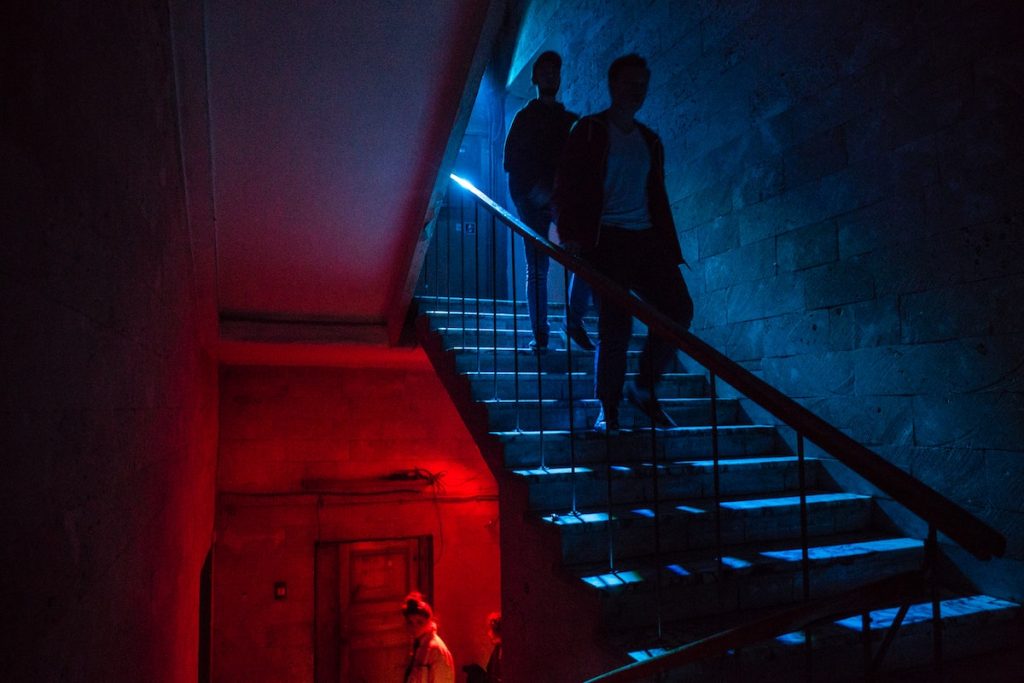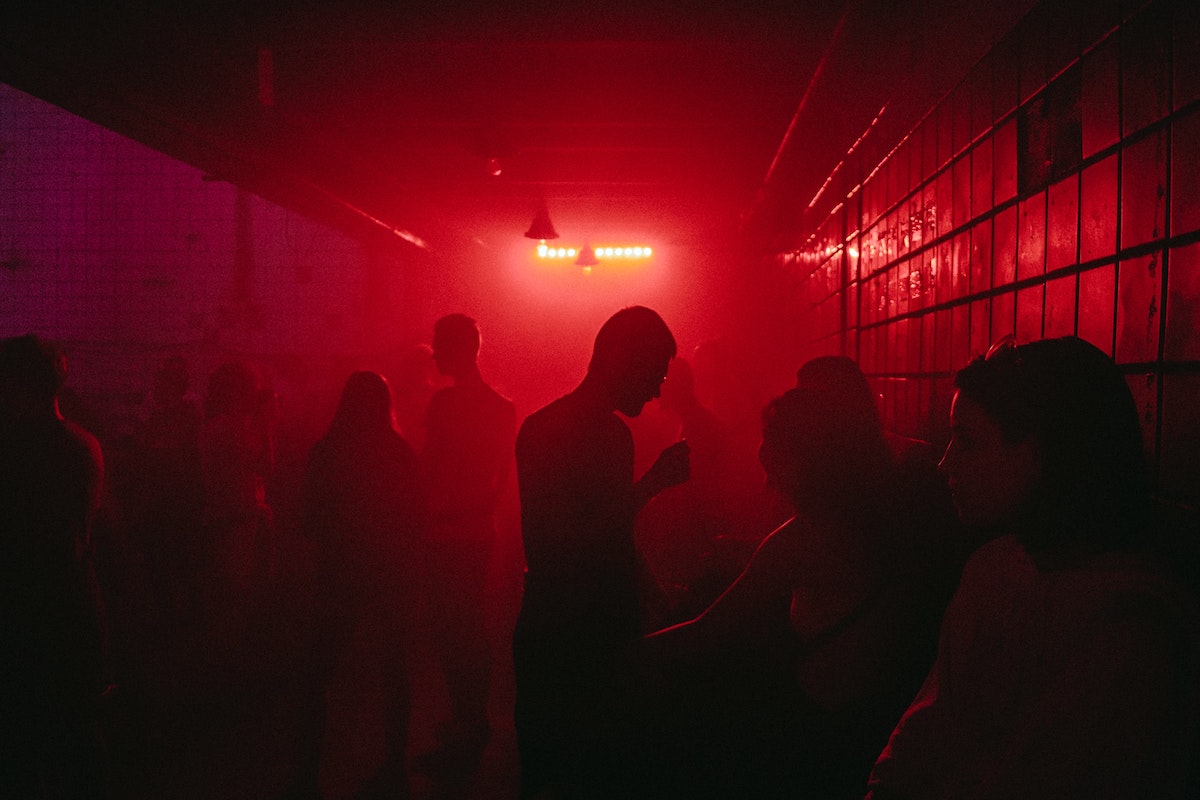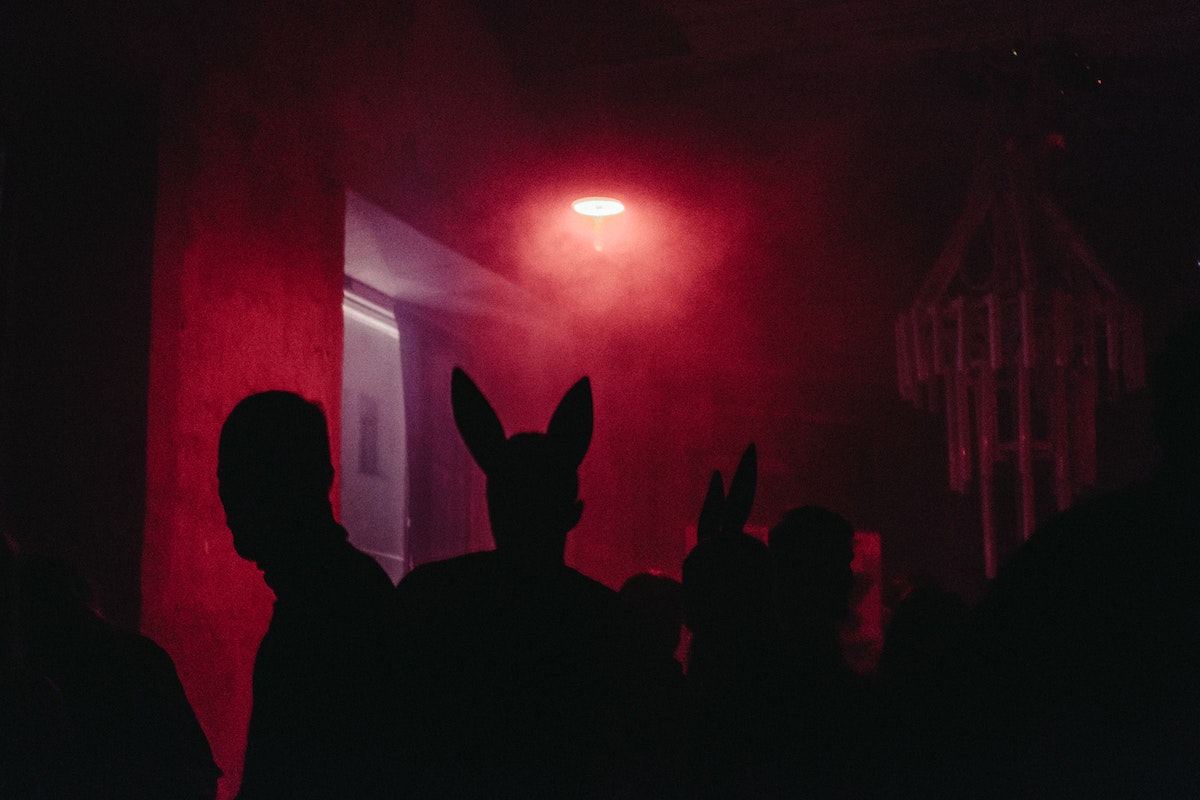Dark Rooms: A deep insight into the controversial subculture
Updated 10/13/2023
Updated 10/13/2023

The dark room, also known as the“cruising area“, is a place where people meet to engage in sexual activities. These rooms are usually dark in order to preserve the anonymity of the people who go there. In recent years, however, dark rooms have attracted a lot of controversy, as some consider them dangerous and unhealthy, while others see them as a safe place for sexual self-determination. In this article, we will approach the topic of dark rooms for homosexuals from different perspectives and provide an in-depth insight into this controversial subculture.
A dark room is usually a secluded room in a club or bar that is reserved for sexual activities. They are often dark to preserve the anonymity of the people who go there. Dark rooms are mainly used by homosexuals, but they also exist for people of all sexual orientations.
They have been around for decades, but have repeatedly hit the headlines in recent years. Some people see them as dangerous places where sexual assault and other inappropriate behavior can take place. Others, however, see it as a safe place for sexual self-determination and an opportunity to enjoy themselves free from prejudice and discrimination.

Like every subculture, dark rooms have both advantages and disadvantages. Here are some of the most important points:
Advantages:
Disadvantages:

Another controversial aspect of dark rooms is their connection with HIV/AIDS. In the 1980s and 1990s, the rooms were an important meeting place for homosexuals during the HIV/AIDS epidemic, as they provided an opportunity to meet and socialize sexually without fear of prejudice and discrimination.
However, they were also part of the problem, as they helped HIV/AIDS to spread more quickly. As people remained anonymous and there was no way of contacting their sexual partners if they were infected with HIV, it was difficult to prevent the spread of the disease.
Today, however, there are many ways to protect yourself against HIV/AIDS, such as condoms and PrEP (Pre-Exposure Prophylaxis), a daily medication that reduces the risk of HIV infection. Nevertheless, HIV/AIDS remains a serious threat, especially for homosexuals, and it is important to promote safe sexual practices and protect against infection.

It is difficult to predict how dark rooms will develop in the future. Some people argue that they still play an important role in the LGBTQ+ community, especially in countries where homosexuality is still not accepted. However, others believe that dark rooms are outdated and that there are better ways to meet and engage in sexual activity without exposing yourself to the dangers of sexual assault and other inappropriate behavior.
One way to make dark rooms safer and more inclusive, for example, would be to monitor them better and introduce stricter rules and guidelines. It could also be helpful to provide more resources to promote safe sexual practices and prevent the spread of HIV/AIDS.
Another approach would be to replace or supplement dark rooms with other opportunities to meet and make sexual contact. Online dating platforms and apps have become increasingly popular in recent years and offer a way to find sexual partners without having to spend time in dark, confusing rooms.
Ultimately, the future of dark rooms depends on how the LGBTQ+ community and society as a whole deal with the issue. It is important that everyone involved – including those who visit dark rooms and those who run them – are aware of the risks and promote safe sexual practices.
To summarize, dark rooms are a complex and controversial topic that needs to be considered from many different perspectives. Although for some people they are a safe place for sexual self-determination, there are also many risks and disadvantages that need to be considered. It remains to be seen how dark rooms will develop in the future, but it is important that all parties involved promote safe sexual practices and prevent the spread of HIV/AIDS.
You can find more exciting information in this blog article from Culture Trip:“The Mystery Behind Berlin’s Dark Rooms and a Glimpse Inside Them“. In our opinion, a very readable article.